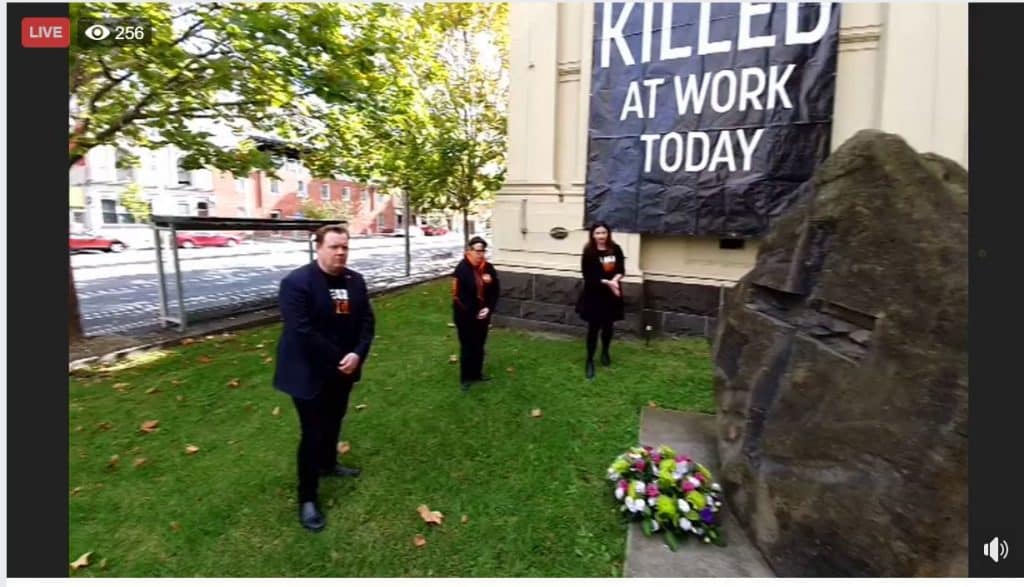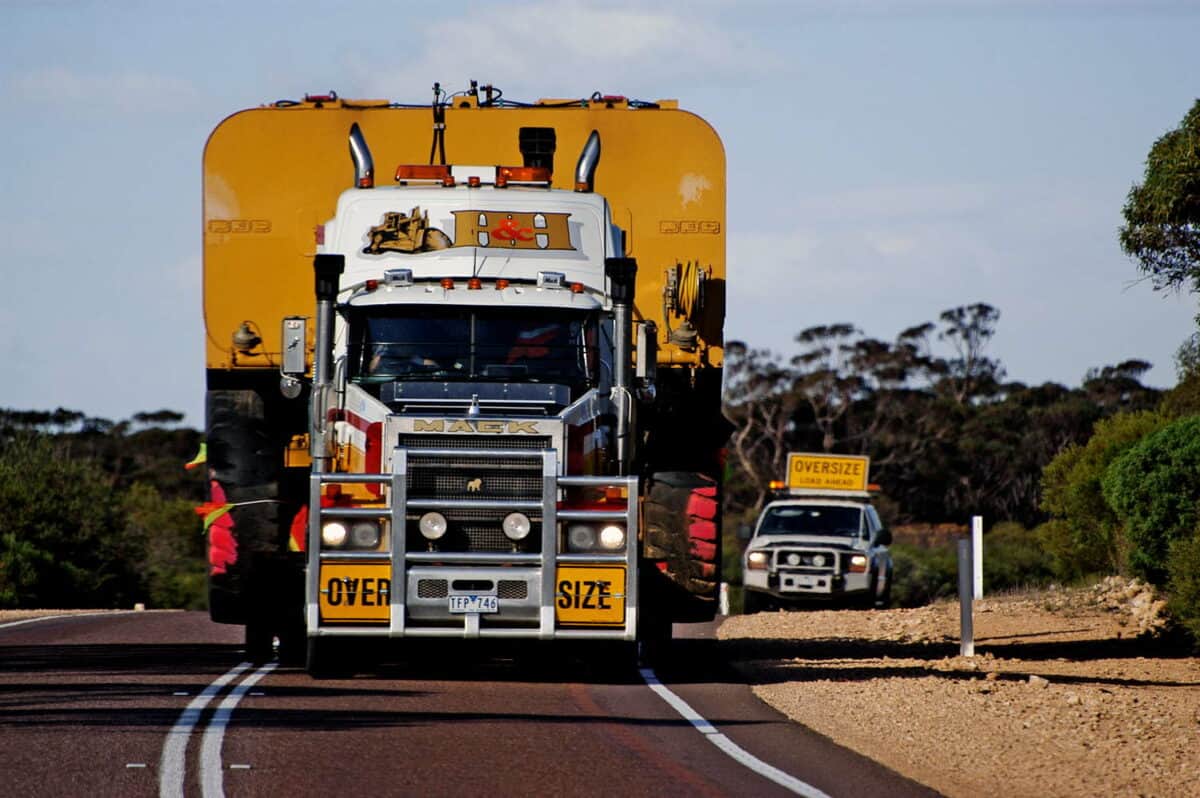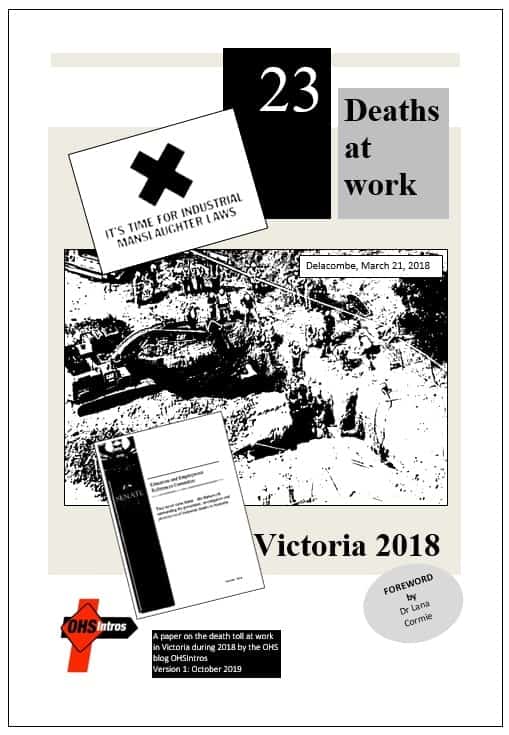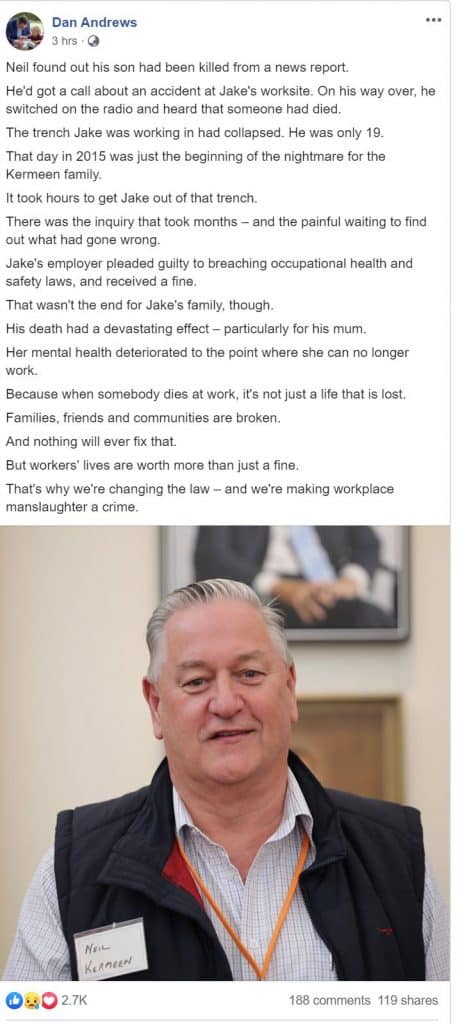Australia’s heavy vehicle transport industry has been involved in arguing about workplace health and safety for decades. It is also one of those issues that have been largely dominated by anecdotal evidence, as shown by the recent Australian Senate Committee hearings into the “Importance of a viable, safe, sustainable and efficient road transport industry“, much to the detriment of the occupational health and safety (OHS) of the drivers, the public safety of other road users and the families of those who die in road incidents.
Category: grief
“exponential increase in mental injuries in the workplace” and other statements in a Victorian Parliament committee
Three years ago, WorkSafe Victoria indicated that it would consider prosecuting farmers for breaches of occupational health and safety (OHS) laws. That possibility seems to have disappeared based on the latest Minister for Workplace Safety’s appearance at the Public Accounts and Estimates Committee (PAEC).
Ingrid Stitt‘s appearance centred on questions related to the 2020-21 Budget Estimates and touched on Industrial Manslaughter, gig workers, mental health, and construction and farm safety.
The black sheep of safety leadership
Western Australia’s Industrial Manslaughter (IM) laws are now in effect. The same arguments for and against were posed in Parliament and outside as they were in Queensland and Victoria, and the Australian Capital Territory well before that. The IM laws will face the same institutional hurdles to application and offer the same, nominal, deterrent effect.
But WA also prohibited insurance policies that cover the financial penalties applied by the Courts. Such policies may make good business sense in managing risk, but they also remove the pain and deterrence intended in the design and application of Work Health and Safety laws.
Great loss, but no vision and limited interest

This year’s International Workers Memorial Day/World Day for Safety and Health at Work is over. Many of the memorial events were conducted online and many gave healthcare workers prominence, especially in the United Kingdom. SafetyAtWorkBlog watched the online service conducted by the Victorian Trades Hall.
Many worker memorials are little more than a reiteration of the importance of occupational health and safety (OHS) laws. If the ceremonies are conducted by trade unions, as most are, they are usually advocating for the role of Health and Safety Representatives (HSRs). This year’s Victorian ceremony was typical. However, there were some curiosities and such ceremonies can, and should, be more than just a commemoration.
Most-read OHS articles in 2019

This past week most media have been reflecting on the last twelve months or the decade. There are two ways of applying this practice to the SafetyAtWorkBlog – statistics and most-read. Let’s look at statistics first.
This year the SafetyAtWorkBlog posted 225 articles, not including this one, with an average word count of 1,030 words – the equivalent of a 230,000 word book on occupational health and safety (OHS). For those Annual subscribers that equates to just over $1.00 per article which I think is a pretty good return.
Continue reading “Most-read OHS articles in 2019”Paper provides historical context to OHS laws
Barry Naismith of OHSIntros has provided excellent independent analysis of Victoria’s occupational health and safety (OHS) data for many years. His latest “Deaths at Work” report (available publicly for a limited time) includes a detailed discussion on the social context of Victoria’s proposed Industrial Manslaughter (IM) laws.
But of more immediate interest is Naismith’s longitudinal analysis. One of his graphs showing death statistics back to the commencement of Victoria’s modern-era OHS laws in 1985 supports the statement popular with politicians that the rate of work-related deaths is declining over that time but Naismith points out that the five-year trend to 2018 is reversed and that this is part of the justification for the IM Laws.
“We need to act together to help me get my act together”
On October 21 2019, Victorian Premier Daniel Andrews posted on Facebook in support of his government’s move to introduce Industrial Manslaughter (IM) laws. He chose the death of Jacob Kermeen and its effect on the family in support of the need for these laws.
It is surely a coincidence that a fatality from a trench collapse was chosen for this exercise. Some of the leading advocates for IM laws are the relatives of two workers who died from a trench collapse in Ballarat in March 2018, a case being prosecuted by WorkSafe Victoria.



